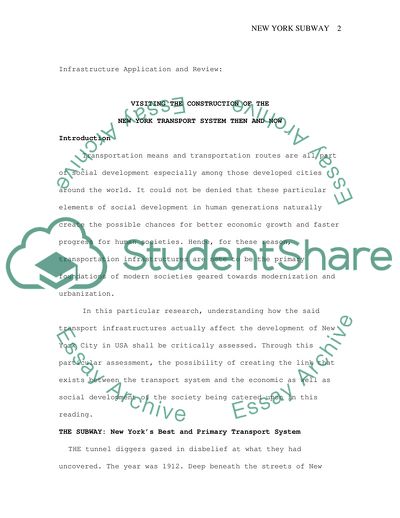Cite this document
(Visiting the Construction of the New York Transport System Then and Coursework - 2, n.d.)
Visiting the Construction of the New York Transport System Then and Coursework - 2. https://studentshare.org/engineering-and-construction/1718286-infrastructure-application-and-review
Visiting the Construction of the New York Transport System Then and Coursework - 2. https://studentshare.org/engineering-and-construction/1718286-infrastructure-application-and-review
(Visiting the Construction of the New York Transport System Then and Coursework - 2)
Visiting the Construction of the New York Transport System Then and Coursework - 2. https://studentshare.org/engineering-and-construction/1718286-infrastructure-application-and-review.
Visiting the Construction of the New York Transport System Then and Coursework - 2. https://studentshare.org/engineering-and-construction/1718286-infrastructure-application-and-review.
“Visiting the Construction of the New York Transport System Then and Coursework - 2”. https://studentshare.org/engineering-and-construction/1718286-infrastructure-application-and-review.


